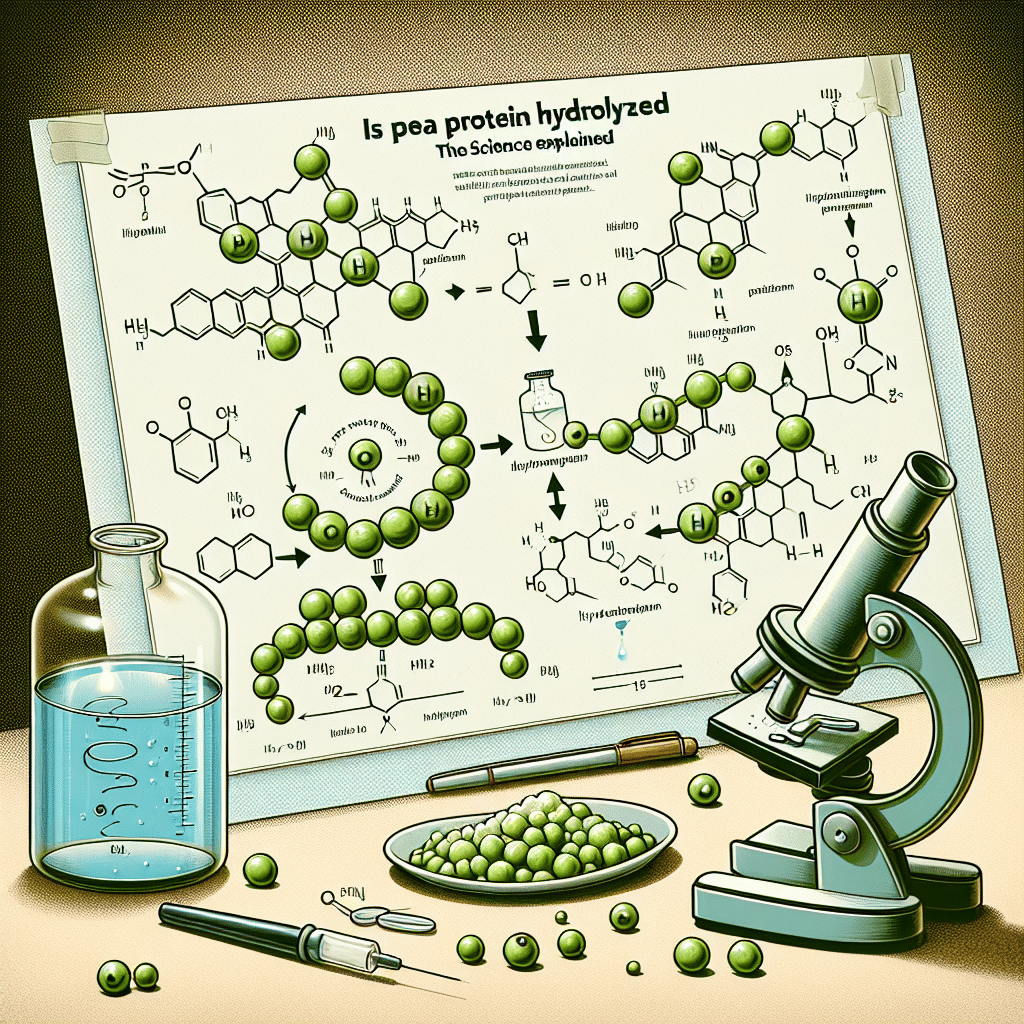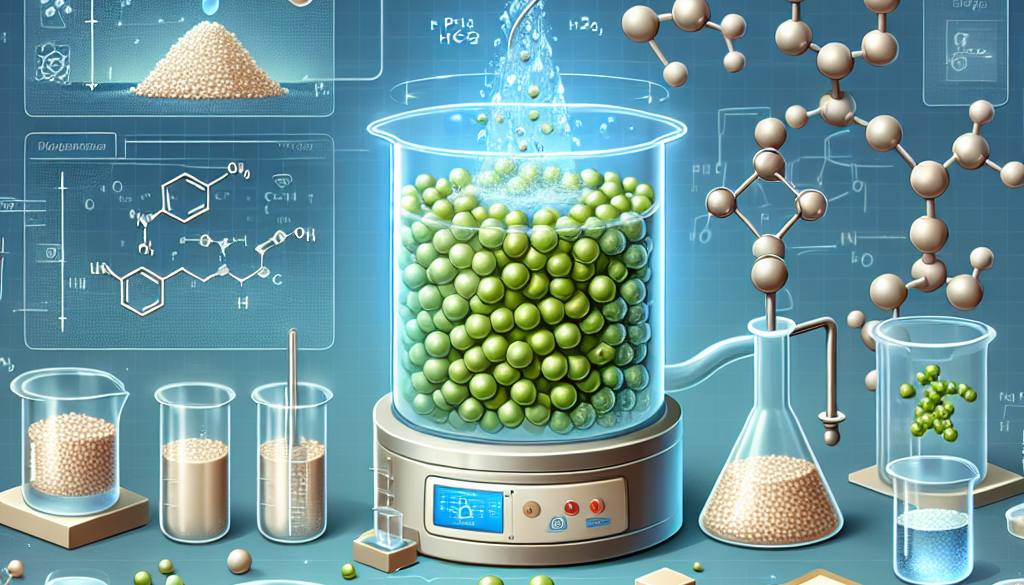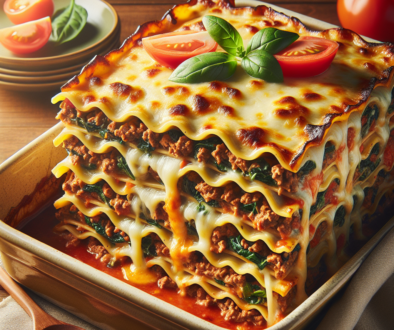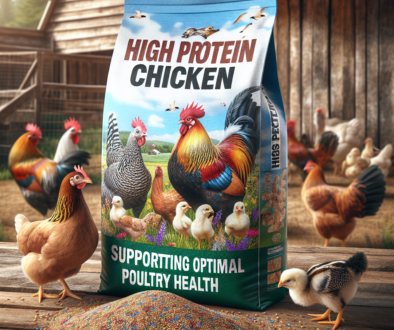Is Pea Protein Hydrolyzed: The Science Explained
-
Table of Contents
Is Pea Protein Hydrolyzed: The Science Explained

Pea protein has gained significant popularity in recent years as a plant-based alternative to animal-based protein sources. It is known for its high protein content, excellent amino acid profile, and allergen-free nature. However, there is a common question that arises among consumers – is pea protein hydrolyzed? In this article, we will delve into the science behind pea protein hydrolysis and provide valuable insights into this topic.
Understanding Pea Protein
Pea protein is derived from yellow peas, also known as Pisum sativum. It is a complete protein, meaning it contains all nine essential amino acids that the body cannot produce on its own. This makes it an excellent choice for vegans, vegetarians, and individuals with dietary restrictions.
Pea protein is typically extracted from yellow peas through a process that involves grinding the peas into a fine powder and then separating the protein from the fiber and starch. The resulting pea protein isolate is a highly concentrated form of protein, containing around 80-90% protein by weight.
What is Protein Hydrolysis?
Protein hydrolysis is a process that breaks down proteins into smaller peptides or amino acids. This process involves the use of enzymes or acids to cleave the peptide bonds that hold the protein together. The resulting hydrolyzed protein has a lower molecular weight and is easier for the body to digest and absorb.
Hydrolyzed proteins are commonly used in various food and beverage products, including infant formulas, sports nutrition supplements, and medical nutrition products. They are also used in the production of protein powders and protein bars.
Is Pea Protein Hydrolyzed?
Contrary to popular belief, pea protein is not typically hydrolyzed during the extraction process. Most commercially available pea protein isolates are not hydrolyzed, meaning they retain their original protein structure and integrity.
Pea protein isolates are preferred by many consumers due to their minimal processing and natural form. They provide a clean and pure source of protein without the need for additional processing steps.
The Benefits of Non-Hydrolyzed Pea Protein
Non-hydrolyzed pea protein offers several benefits over hydrolyzed protein sources:
- Improved Digestibility: Pea protein isolates are already highly digestible, even without the need for hydrolysis. They contain a balanced blend of essential amino acids, which are crucial for muscle growth and repair.
- Less Processing: Non-hydrolyzed pea protein requires fewer processing steps, resulting in a more natural and minimally processed product. This appeals to consumers looking for clean and simple protein sources.
- Allergen-Free: Pea protein is naturally free from common allergens such as dairy, soy, and gluten. This makes it an excellent choice for individuals with food sensitivities or allergies.
- Sustainable and Environmentally Friendly: Pea protein is derived from yellow peas, which are a sustainable crop that requires less water and fertilizer compared to animal-based protein sources. Choosing non-hydrolyzed pea protein supports sustainable and environmentally friendly practices.
When is Pea Protein Hydrolyzed?
While most commercially available pea protein isolates are not hydrolyzed, there are instances where pea protein can undergo hydrolysis. This is typically done in specialized applications where the benefits of hydrolyzed protein are desired.
For example, in the production of certain medical nutrition products or sports nutrition supplements, hydrolyzed pea protein may be used to enhance digestibility and absorption. These specialized products are formulated to meet specific nutritional requirements and may benefit from the faster absorption of hydrolyzed proteins.
Conclusion
In conclusion, pea protein is not typically hydrolyzed during the extraction process. Most commercially available pea protein isolates retain their original protein structure and integrity. Non-hydrolyzed pea protein offers several benefits, including improved digestibility, minimal processing, allergen-free nature, and sustainability. However, there are specialized applications where hydrolyzed pea protein may be used to enhance digestibility and absorption.
When choosing pea protein, it is essential to consider your specific needs and preferences. Whether you opt for non-hydrolyzed or hydrolyzed pea protein, both options provide valuable protein sources for individuals seeking plant-based alternatives.
About ETprotein:
ETprotein, a reputable pea protein and rice protein Chinese factory manufacturer and supplier, is renowned for producing, stocking, exporting, and delivering the highest quality organic bulk vegan protein and plant proteins. They include Organic rice protein, clear rice protein, pea protein, clear pea protein, pumpkin seed protein, sunflower seed protein, mung bean protein, etc. Our offerings, characterized by a neutral taste, non-GMO, allergen-free attributes, cater to a diverse range of industries. We serve nutraceutical, pharmaceutical, cosmeceutical, veterinary, as well as food and beverage finished product distributors, traders, and manufacturers across Europe, USA, Canada, Australia, Thailand, Japan, Korea, Brazil, and Chile, among others.
Our specialization includes exporting and delivering tailor-made protein powder and finished nutritional supplements. Our extensive product range covers sectors like Food and Beverage, Sports Nutrition, Weight Management, Dietary Supplements, Health and Wellness Products, and Infant Formula, ensuring comprehensive solutions to meet all your protein needs.
As a trusted company by leading global food and beverage brands and Fortune 500 companies, ETprotein reinforces China’s reputation in the global arena. For more information or to sample our products, please contact us and email sales(at)ETprotein.com today.














